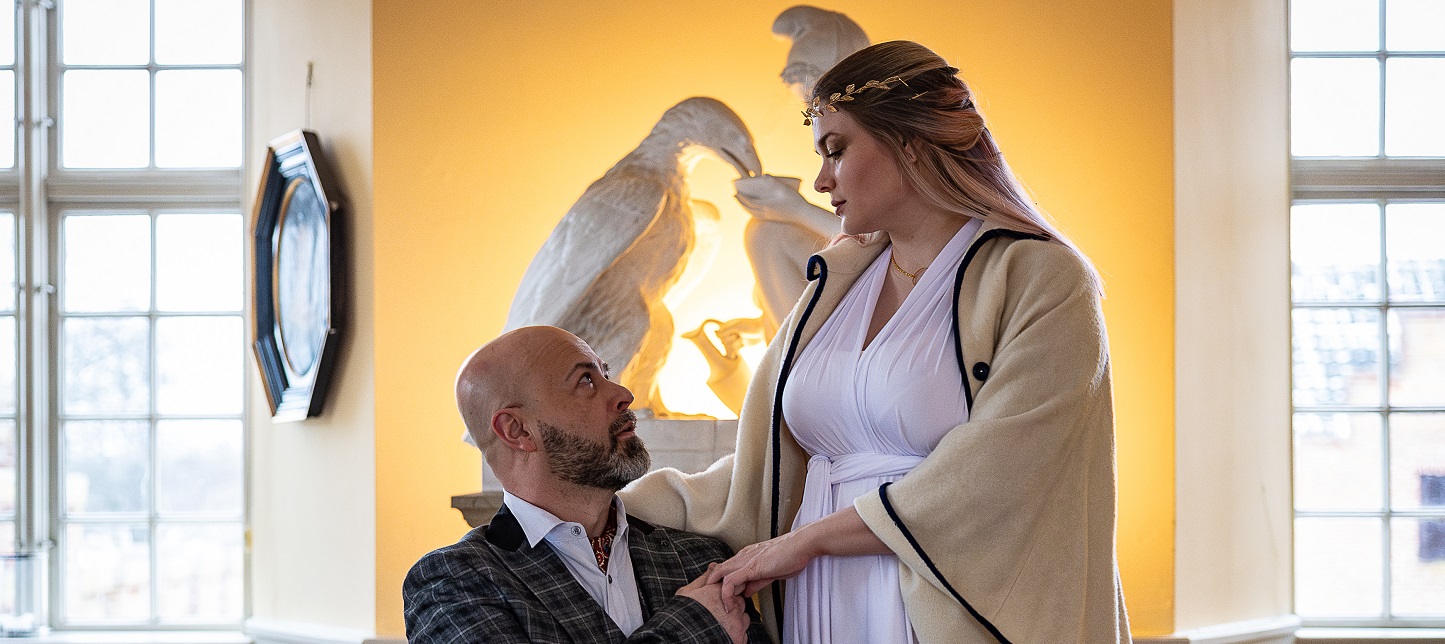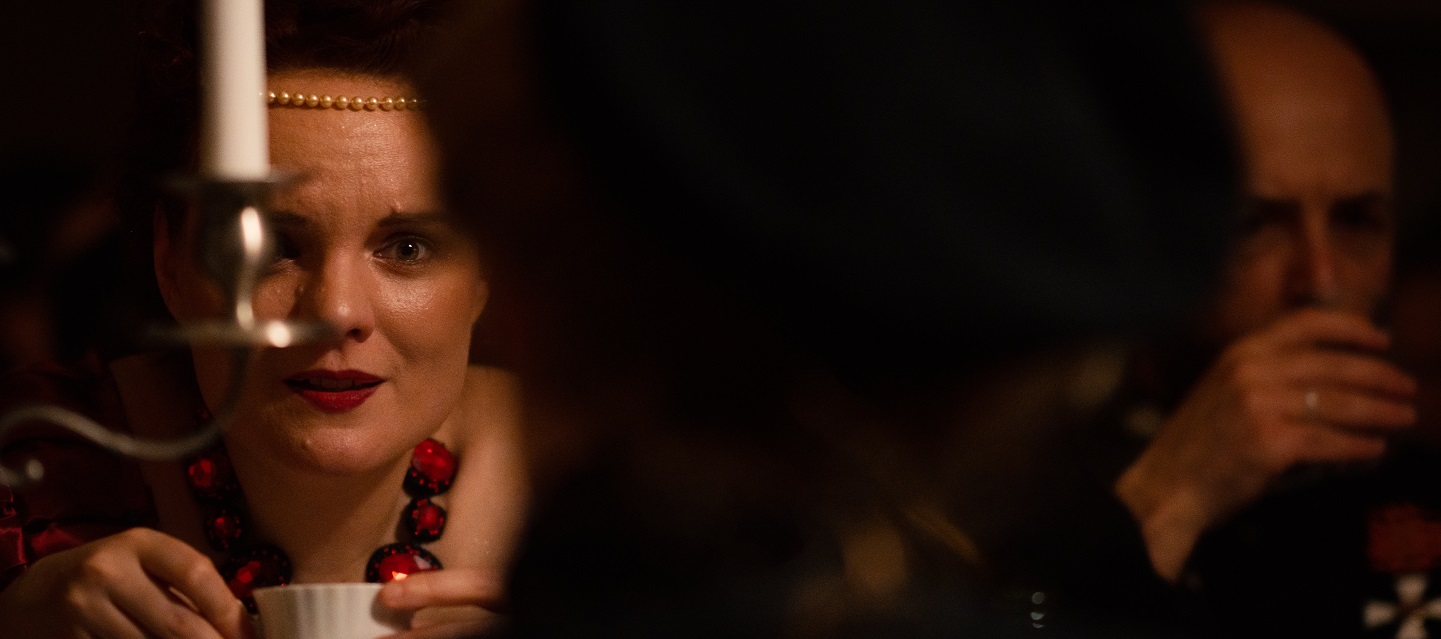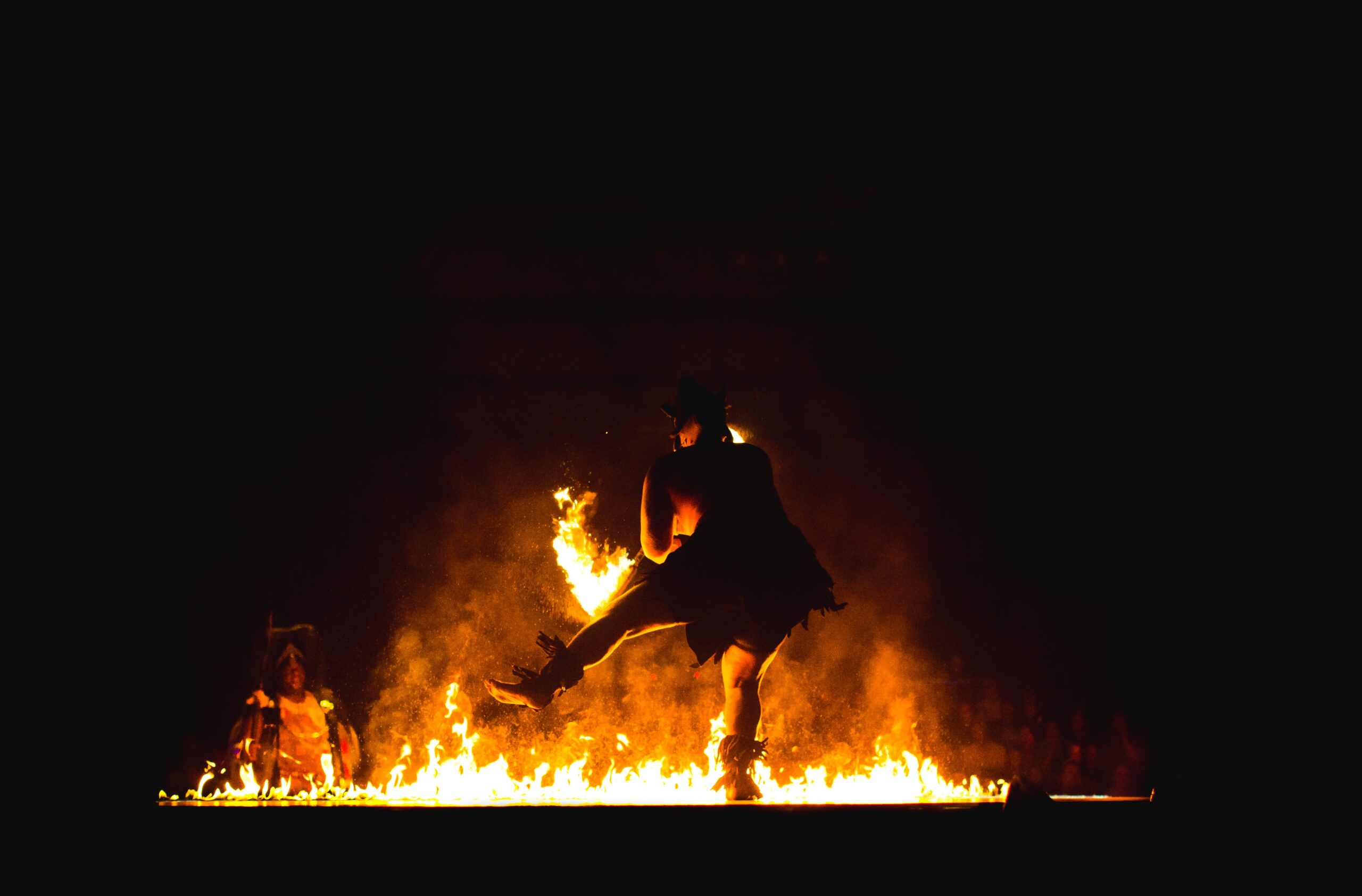Tag: Ritual
-

Larping Anthropology in the 1970s and 1980s: A Look Into the Birth of Performance Studies and Experiential Ethnography
in
The interaction between Richard Schechner and Victor Turner and how their experiments align with larp.
-

Helicon: An Epic Larp about Love, Beauty, and Brutality
Ritual play in which group of artists, leaders, and scientists bind the Muses of antiquity to their will.
-

Participatory Ritual Vocalization
in
How to use vocalization to create a sense of shared ritual in larps?
-

Group Improvisation of Larp Rituals
in
This article describes a 30-minute workshop which teaches on-the-spot collective improvisation of fake rituals for larp purposes.